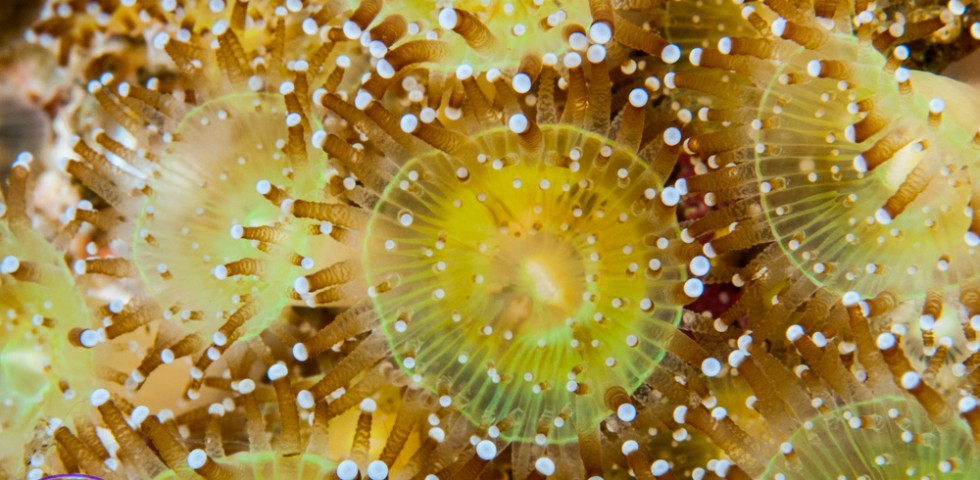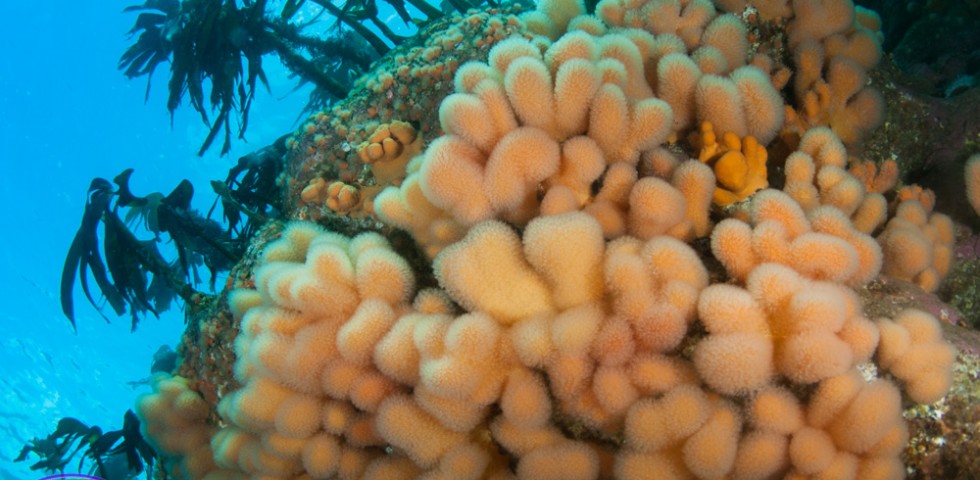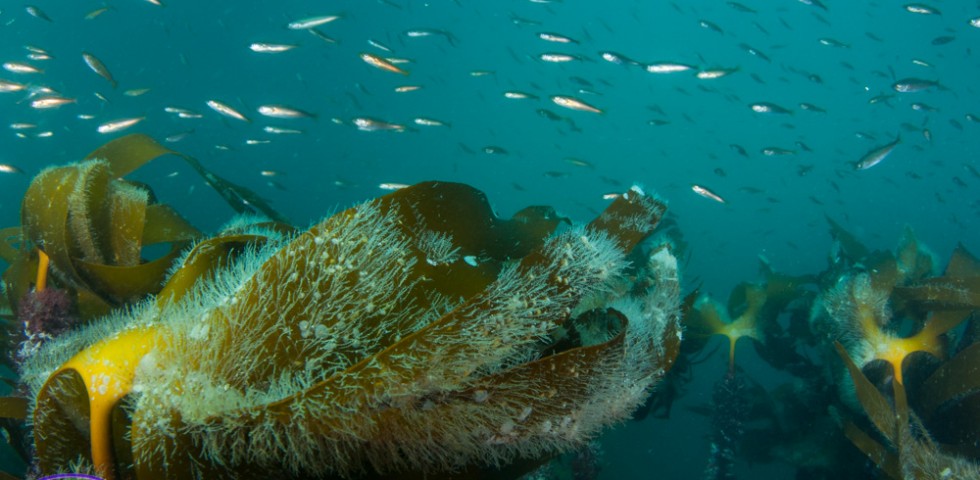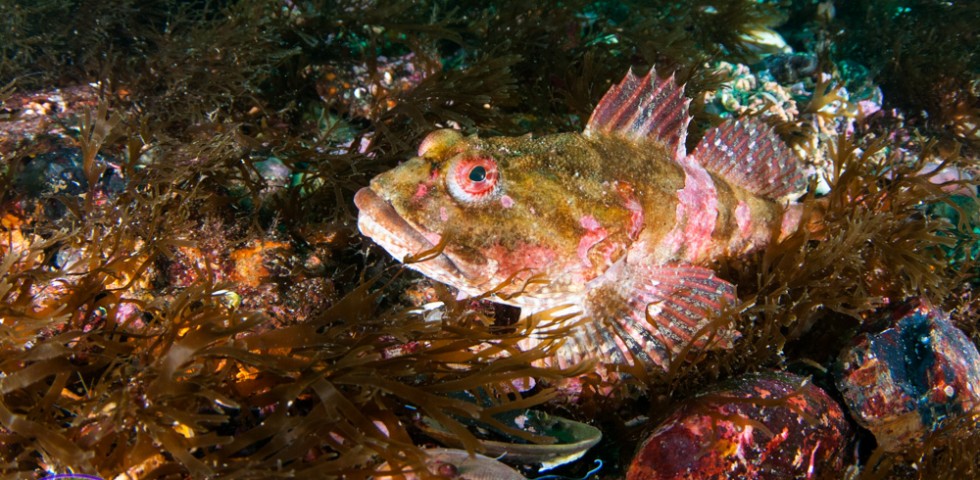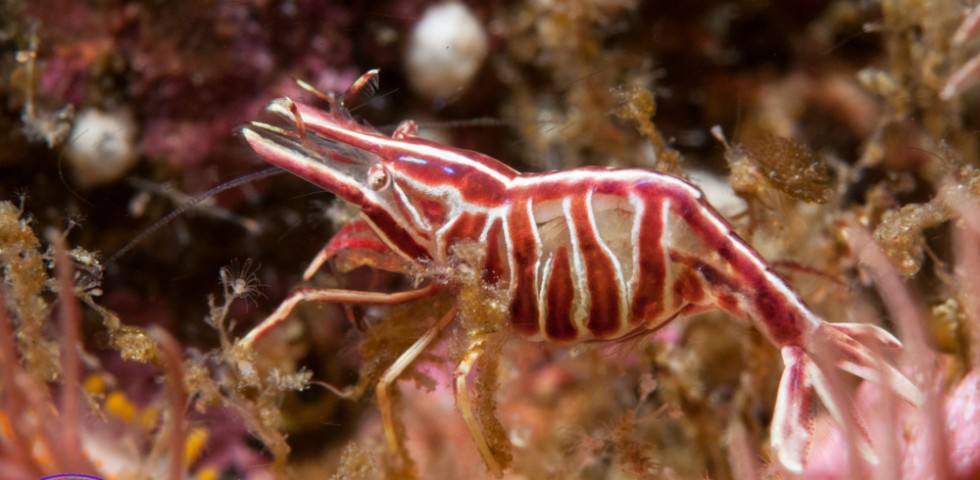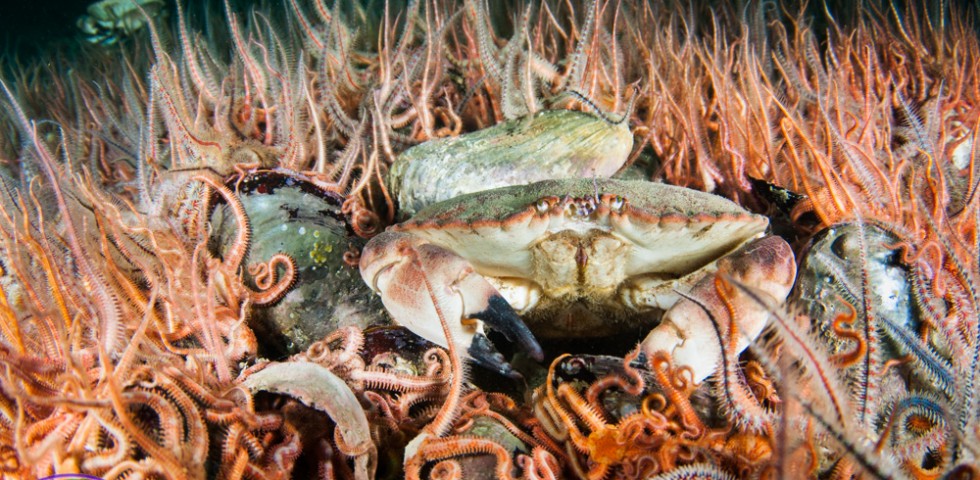The Shetland Islands archipelago is the UK’s most northerly island group, made up of over 100 islands, of which only 15 are inhabited. Positioned on the same latitude as Greenland, Shetland is closer to the Arctic Circle than to Manchester. Although a large island group stretching 96 miles (155km), Shetland has an even larger coastline at 1,697 miles (2,702 km), over twice the length of the Welsh coastline. This coastline encompasses a variety of conditions and habitats, from tidal rapids to sheltered lagoons, supporting a variety of life.
Due to Shetland’s northerly latitude, several of the species that are found in Shetland are rare elsewhere in the UK. It is not just the variety of life that is different in Shetland but also the abundance. The North Atlantic current, which flows along the deep Faroe-Shetland Channel, brings clear, fast-flowing nutrient-rich waters to Shetland. This helps to support a profusion of marine life, making Shetland an ideal home for some of Britain’s biggest seabird colonies, as well as supporting the economically-important pelagic and white-fish fishing fleets.
The aim of Shetland’s Marine Life is to introduce the diversity of life that lives within and depends upon the seas around Shetland. Although some of Shetland’s larger marine inhabitants, such as killer whales and fish, may be familiar to many people, there is also much that may be less familiar. Many of these species lead fascinating life-stories, mostly unobserved and unknown to us above the surface.


